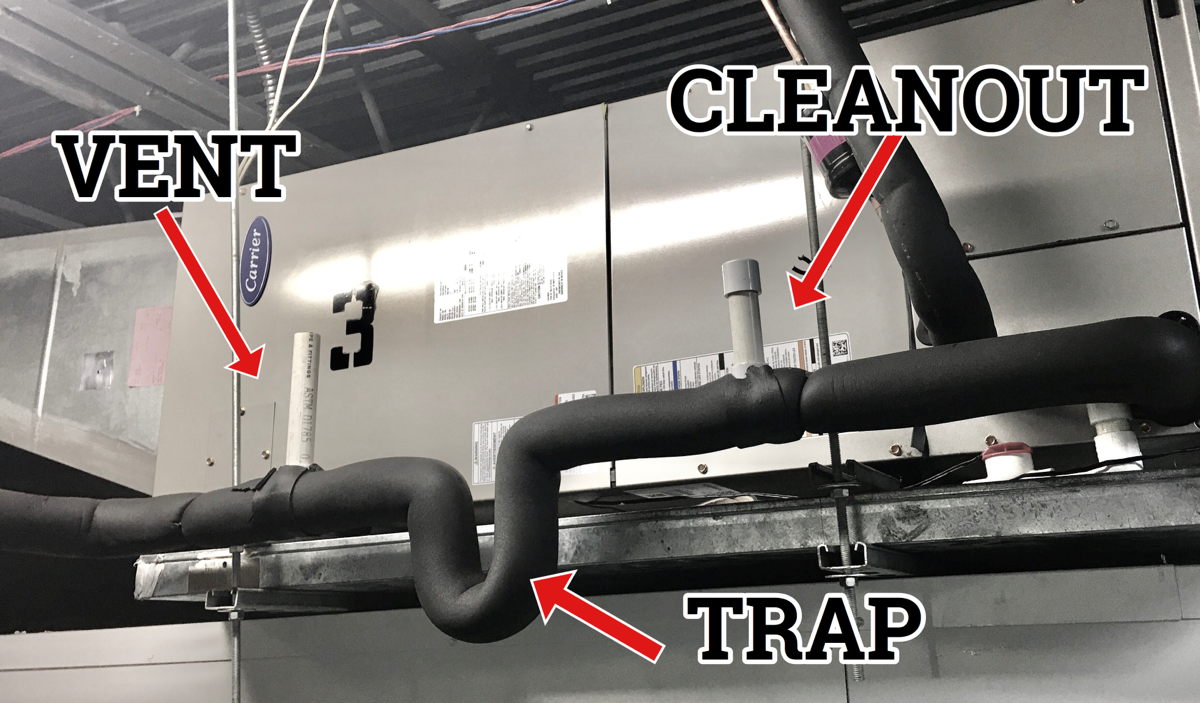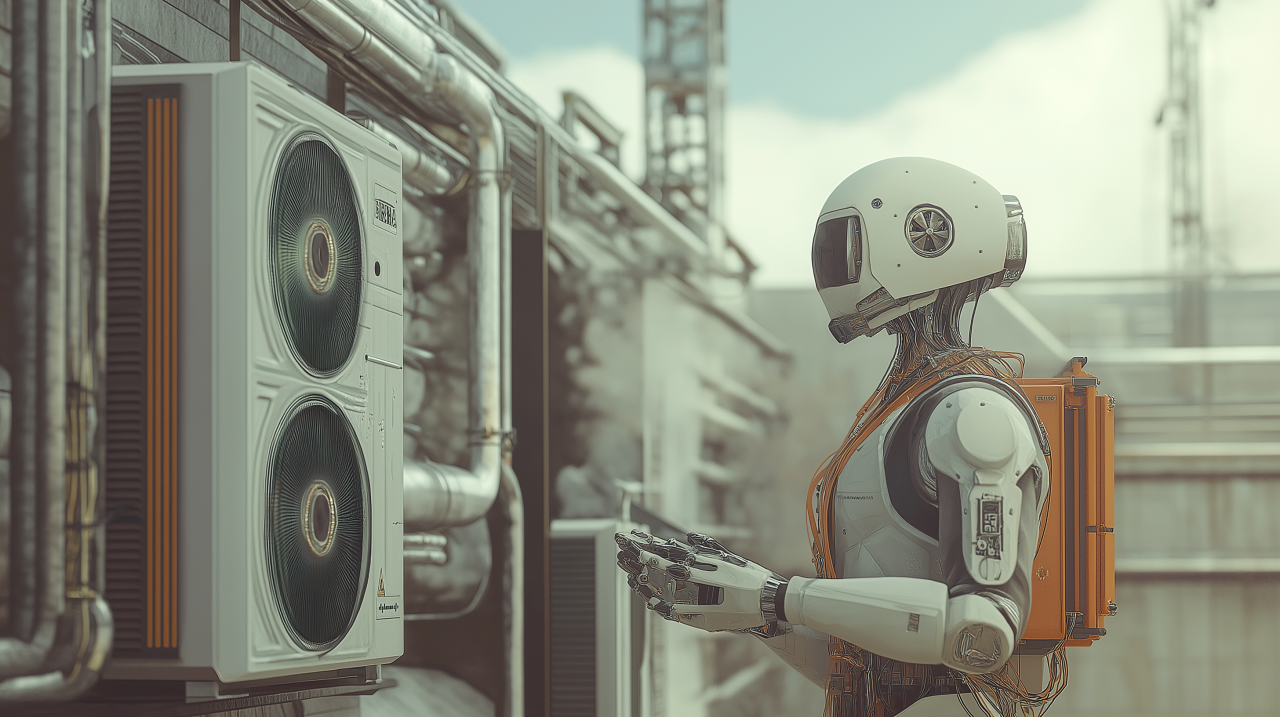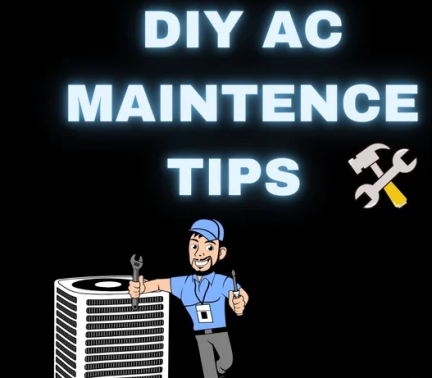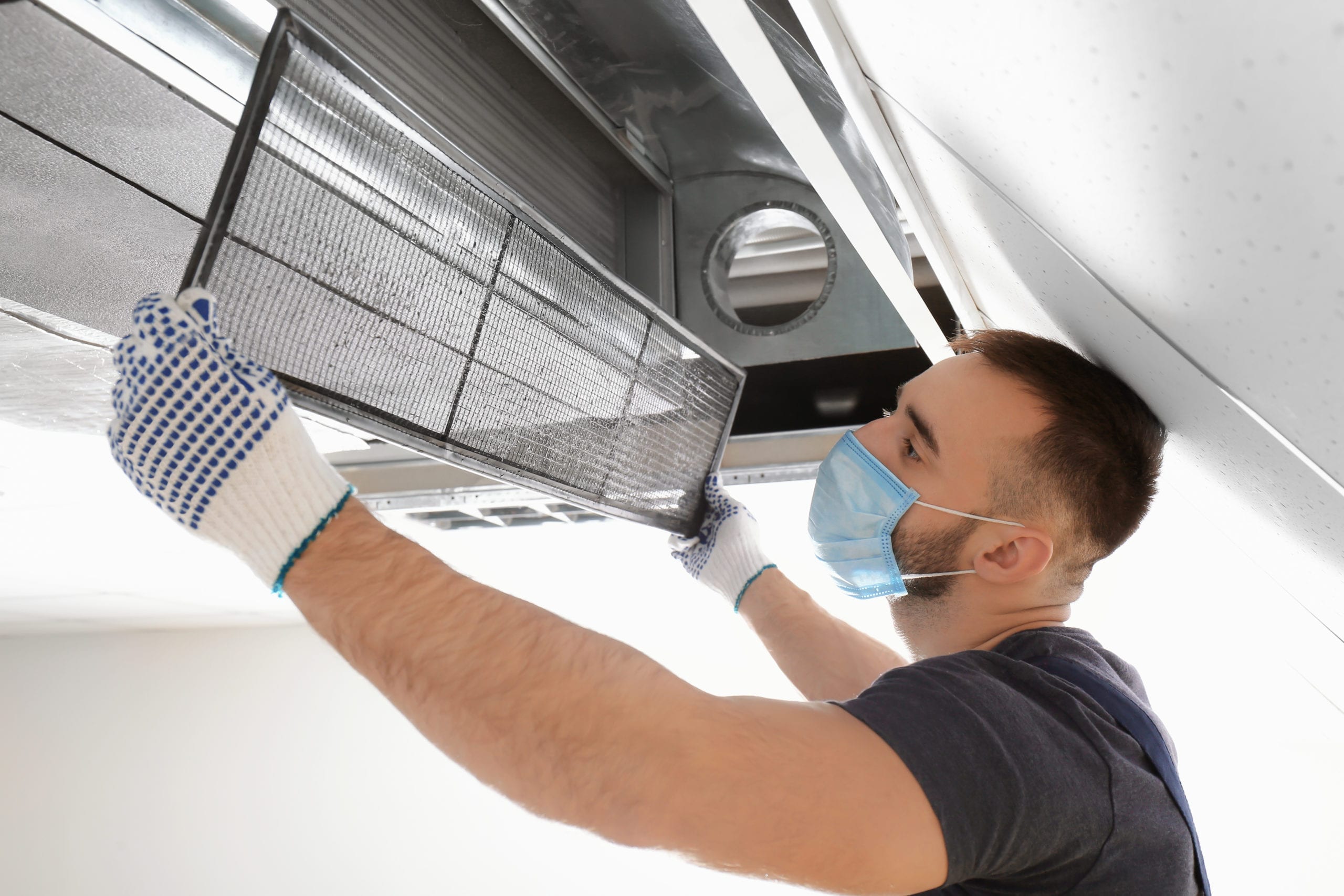A condensate capture device is vital in HVAC systems, especially within Carrier systems. It blocks air from getting into or out of the system, while also allowing for the proper draining of condensation. In the absence of a well-installed condensate trap, HVAC equipment could suffer from inadequate operation, damage to the water, as well as increased maintenance concerns. In this comprehensive guide,e we’ll discuss the significance of condensate traps as well as the right method of installation and the advantages that they offer within Carrier HVAC equipment. Knowing these factors will make sure that your HVAC equipment runs more efficiently and lasts for longer.
Importance of a Condensate Trap in Carrier HVAC Systems
Prevents Air Suction Issues
A condensate catchment prevents the air that is not needed from getting in the drain system, which ensures the smooth running of the system. When air is pushed through the drains it may result in negative pressure which hinders drainage and can lead to malfunctioning of the system. The proper blocking of air helps in maintaining effectiveness and stops the development of vacuum-like conditions inside the system.
Ensures Proper Drainage
If there is no trap, the water could not be able to drain properly and cause system failures. Condensate traps that are properly set up will create the required pressure differential that permits condensation to drain from the system efficiently. If the drainage system is not clear this can result in flooding, which can cause the destruction of structures surrounding and the equipment.
Reduces Risk of Mold and Mildew
The stagnant state of water could lead to the growth of mold, which can affect the quality of air. The standing water that is found within HVAC drainage lines can be an ideal breeding ground for fungi, bacteria, as well as mold spores. As time passes, this may cause a decline in indoor air quality and create dangers to your health including respiratory ailments as well as allergies and unattractive odors.
Maintains HVAC Efficiency
A proper drainage system allows the HVAC unit to work efficiently and without blocking. An unclean drainage system may cause the HVAC unit to perform more which can result in increased usage of energy and lower effectiveness. Regularly cleaning the condensate trap will ensure that the HVAC unit is in good functioning condition.
Installation of a Carrier HVAC Condensate Trap
A properly installed condensate trap is crucial to guarantee the proper removal of condensation. This is a step-by-step procedure for installing the Carrier HVAC condensate trap correctly:
Gather Necessary Tools
The equipment you will require is PVC pipes and a trap, an electric saw, cement made of PVC, a level along with measuring tape. Also, it is recommended to keep cleaning tools available to clean all debris that may be in the drainage pipe prior to installation.
Turn Off the System
Prior to installation, make sure you have the HVAC system is turned off. This will prevent potential electrical hazards and ensure safe handling of the components in the process of installation.
Locate the Drain Outlet
Find the drain port on condensate in the Carrier device. The drain port is usually situated near the evaporator coil and it is linked directly to your HVAC drain system.
Cut and Attach the Trap
Cut the PVC pipe according to the needed length, and connect it to an outlet. The trap must be placed in a way that creates the appearance of a waterproof barrier. This will prevent unintentional airflow into the pipe.
Seal and Secure Connections
Utilize PVC cement to fix the fittings, and stop leaks. It is vital to ensure that connections are airtight to prevent leaks of water that could cause water damage to the structure and the buildup of moisture within the HVAC equipment.
Test the System
The HVAC system is on again and verify that drainage is working properly. Put a little water in the drain line to check if the trap is operating properly. If you find that the water doesn’t drain correctly, check the trap and make any necessary modifications.
Benefits of Using a Carrier HVAC-Recommended Condensate Trap
Prevents Water Backup
An appropriately installed trap will ensure proper drainage and avoid flooding. The water backups could cause the destruction of property, an increase in levels of humidity,and the growth of microbes.
Enhances System Longevity
Reduced moisture accumulation helps to keep the system safe from harm. The presence of excessive moisture in HVAC systems could cause the corrosion of the internal components, which can lead to costly repair or replacement.
Improves Indoor Air Quality
In the event of stagnant water, it reduces the growth of bacteria and mold. Efficient and clean drainage systems improve the air quality. This can be beneficial to the occupants of homes who suffer from breathing problems.
Minimizes Maintenance Issues
Proper drainage reduces the likelihood of system breakdowns or clogging. Unblocking the drainage system could result in call-outs, more expenses for maintenance, as well as system being inoperable.
Conforms to the Manufacturer’s Recommendations
Utilizing the suggested trap will ensure that the Carrier HVAC operates optimally. The manufacturer’s guidelines outline specifications for efficient drainage. This will help to ensure warranty coverage and performance.
Common Problems and Troubleshooting
Clogged Trap
Cleaning regularly helps to prevent blocking. An obstruction in the trap is cleared with the combination of vinegar and water or with specialized HVAC cleaning products.
Leaking Connections
Make sure that all joints are securing correctly with PVC cement. If there are leaks then reapply PVC cement, and then tighten the fittings until there are no gaps.
Improper Installation
Use the Carrier’s recommendations to avoid difficulties with performance. The incorrect installation of traps could cause the retention of water, inefficient drainage and decreased performance of the system.
Frozen Drain Line
In colder climates, condensate lines may freeze, preventing proper drainage. The insulation of drain lines or setting up a heating element could aid in preventing freezing problems.
Excessive Algae Growth
As time passes over time, slime and algae may get trapped in the condensate trap and lead to obstructions. Utilizing an algaecide treatment, or frequently flushing the drain with a disinfectant may help alleviate the problem.
Maintenance Tips for a Condensate Trap
- Check monthly for indications of water leaks, blockages, or backups in water.
- Spill with Clear Water
Fill the trap with water to ensure a clean drainage. - Use Cleaning Solutions
An alcoholic mixture of water and vinegar could aid in keeping the trap spotless. - Replace if Damaged
If the trap has been damaged or broken, it should be replaced as soon as possible. - Follow Carrier’s Maintenance Guidelines
Following the manufacturer’s guidelines guarantees long-term performance.
Conclusion
Condensate traps are essential to ensure the effectiveness and durability the life of the Carrier HVAC equipment. Correct installation and regular maintenance can help to prevent issues with drainage, enhance the air quality, and boost the overall efficiency. The manufacturer’s guidelines ensure optimal performance, making it an essential component of every HVAC system. Making the effort to ensure proper installation and ongoing maintenance of the condensate trap will save the cost of repairs as well as failures in your system for the longer term. Making sure the trap remains functioning properly allows the HVAC system of Carrier to function at its peak making your indoor surroundings at ease and secure.




Leave a Comment